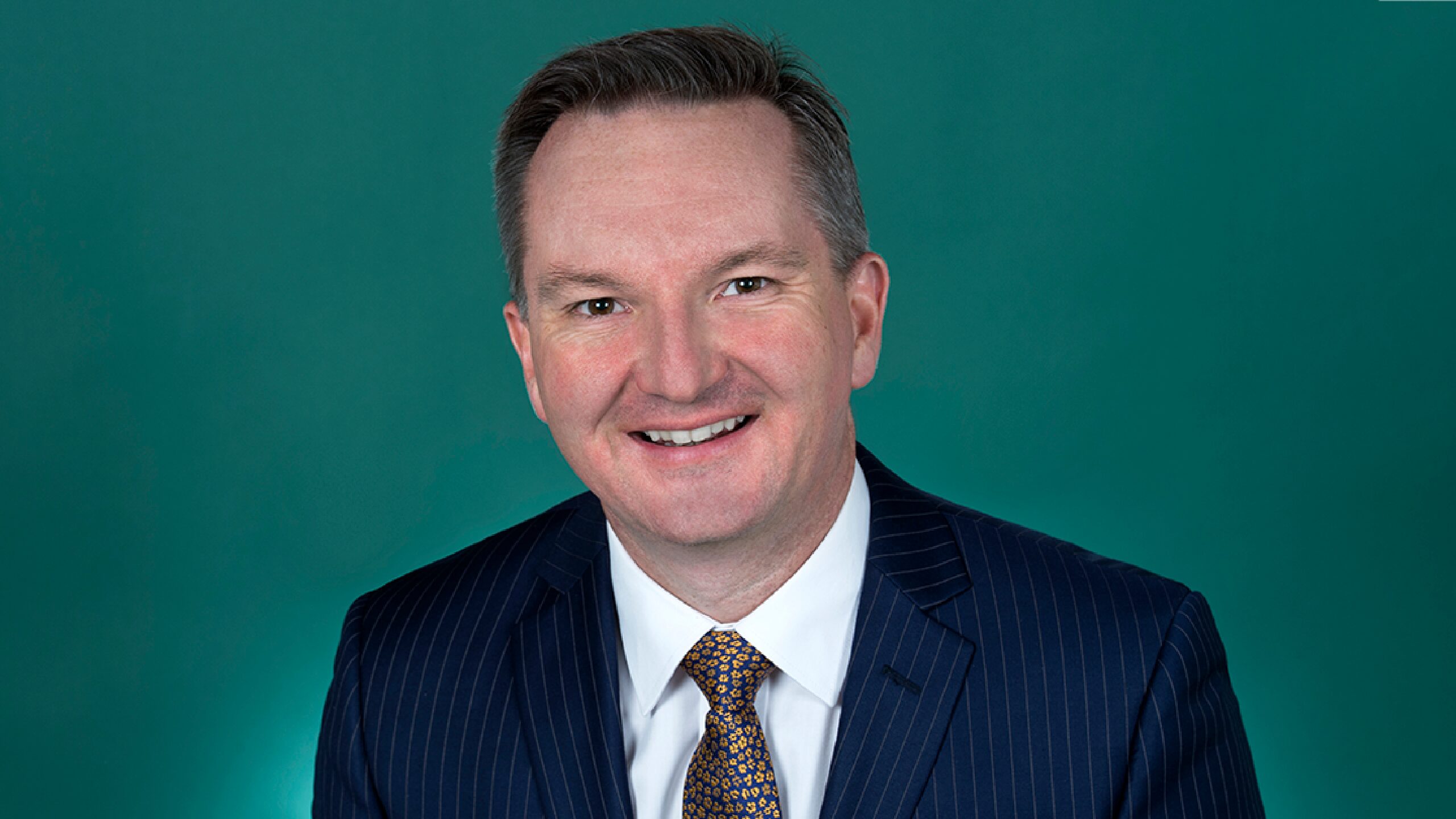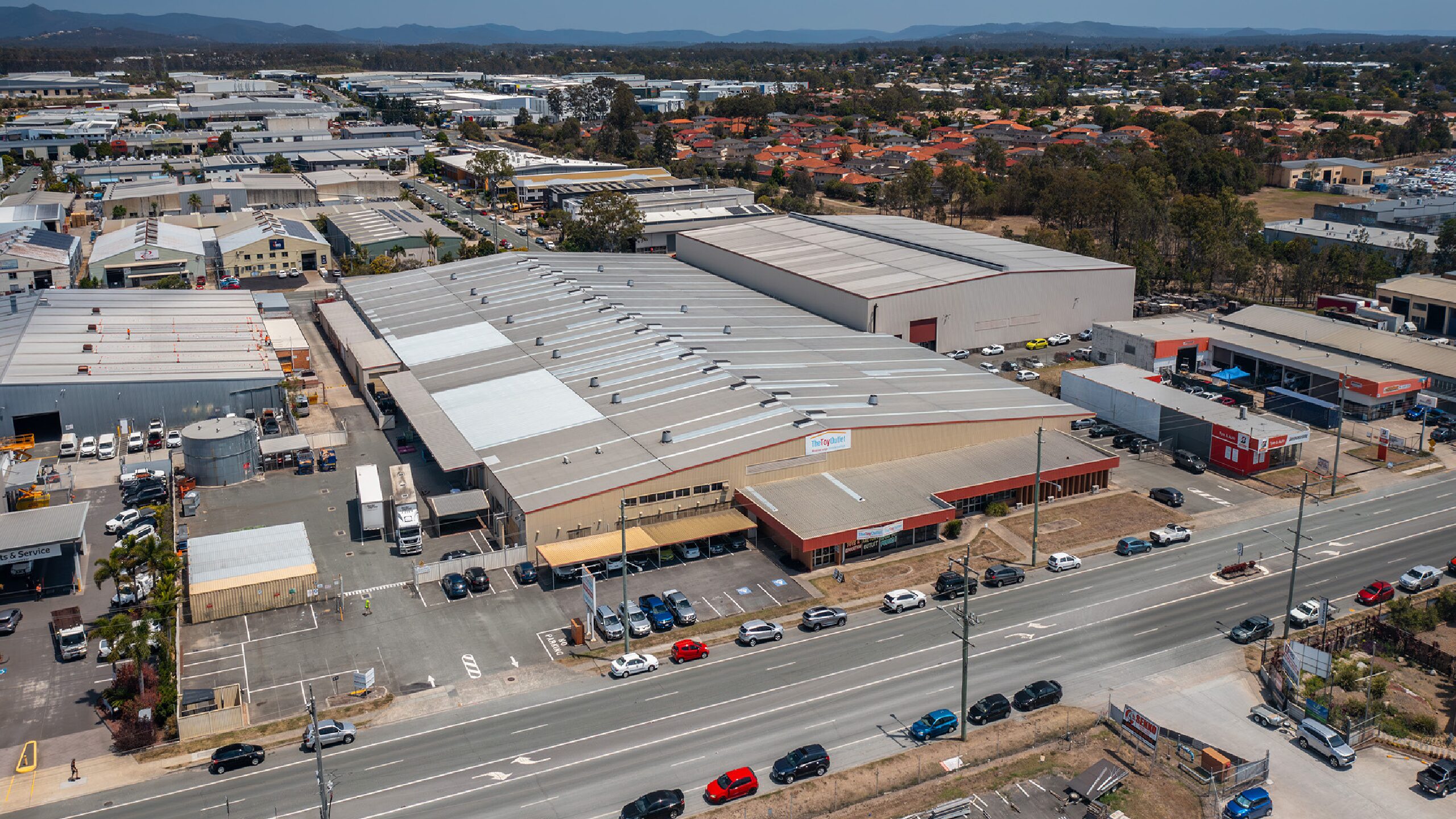The end of an era as rates reverse, recession next?
Only those who completely avoid any sort of media, social or traditional, would not be aware that the Reserve Bank of Australia (RBA) this week hiked rates for the first time in more than a decade. Tuesday’s decision, which moved the cash rate from 0.1 to 0.35 per cent, has reverberated through the markets, however, it has been a long time coming.
Looking back just 12 weeks ago, and it was clear that the bond market was pricing-in something very different to that occurring in the economy, with the local 10-year bond yield moving beyond that of the US, which is facing different challenges, and exceeding 3 per cent. Given that few companies rely on the cash rate for finance, the bond yield is more important for investment purposes.
The rate hike was more than the market predicted, although market predictions are actually just representations of the capital flows occurring into and out of bonds, which can be inherently short-term and driven by very different factors at any given time. The rate hikes were, according to the many armchair experts, targeted at reducing inflation, despite inflation not being caused by monetary policy, but rather, this time around, due to supply chain and supply-side issues.
Rather, it seems that the central bank has sought to capitalise on ‘market expectations’ essentially to return interest rates to more normal levels now that the economy is nearer to full employment than ever. The risk, however, is that with rates potentially moving as high as 2.5 per cent, according to the RBA Governor, at what point does this dampen spending and confidence so much that we enter a recession? Consider, for instance, that the US economy saw negative growth in the March quarter.
This is the major challenge that central banks around the world face, with the recession threat now real. The commencement of quantitative easing was initially aimed at smoothing the business cycle on a realisation that extended unemployment was both damaging and unproductive, therefore by allowing the government to run deficits during this time, the damage could be limited.
Historically, central bankers have moved too far and too late in the wrong direction; for instance, the RBA increasing rates after the GFC had commenced. There is a real threat of this happening again. It seems highly unlikely that rates will reach the lofty expectations set by central bankers and ‘markets’ around the world, particularly given they were falling in 2019 before the pandemic hit.
If they do, however, comments by Saxo Markets Australian market strategist Jessica Amir may well be correct. She said this week that “longer-term investors will need to revisit their investment strategy in this new sink-or-swim phase of tight money,” expanding to say “an entire generation of investors will have to adjust their investment strategy” as a result. This may well also expand to those with mortgages.









